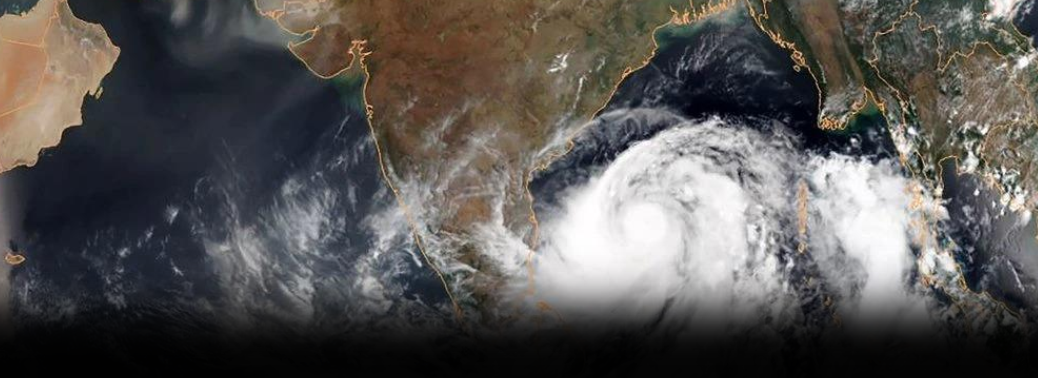LESSONS FROM FANI CYCLONE – CLIMATE-RISKED WORLD
26, May 2019

Prelims level : Environment
Mains level : GS-III Technology, Economic Development, Disaster Mangement Environment
Why in News:
- A horrific tropical cyclone Fani made landfall in Odisha recently.
- It is imperative at this juncture to understand the increasingly climate-risked world that Fani indicated.
Background:
What was Fani’s impact?
- Cyclone Fani left behind a trail of broken homes, powerlines and infrastructure. Odisha has lost years of its development dividend in one shock.
- Nevertheless, the fact that there were far fewer fatalities in this cyclone than before is to be acknowledged.
- Even when wind speeds crossed 170 km/hour and reached 204 km/hour, the loss of human life was contained at 41 (reportedly increased to 70).
- In contrast, the state had lost 10,000 people in the super cyclone of 1999.
What is the climate change factor here?
- The 2018 climate assessment by the World Meteorological Organization (WMO) gives some inputs in this regard.
- Tropical storms in the Northern Hemisphere were up, from 63 in the previous year to 74 in 2018. They were roughly the same, 22, in the Southern Hemisphere.
- The fact is that there is a big difference in these storms, as the India Meteorological Department (IMD) is finding. The recent storms are being increasingly and crazily unpredictable. In recent years, the IMD has nearly perfected the science of cyclone forecast. But now it is learning, in real time, to change its methods and to advance its technology.
What is the recent evidence to this?
- Ockhi which hit the Kerala coast in late 2017 took many lives and caught fishermen at sea unawares. Ockhi went from a deep depression in the ocean to a cyclonic storm in a matter of just 6 hours. The failure to predict and warn was not just human, but because of the unnatural characteristics of such a tropical storm.
- It changed direction; it gathered steam when least expected and became more intense and more virulent at speeds never seen before. One reason was the intense heat pockets in the ocean, which changed the direction and speed of the cyclone.
What was the case with Fani?
- As the IMD was prepared for such changes, it used even more sophisticated equipment and improved the prediction models in Fani.
- But the speed of change was so rapid that the learning of 2017 from Ockhi became outdated. Intensity – Fani intensified from severe to very severe in no time.
- Landfall – Fani also made landfall ahead of its schedule. It was to hit Odisha by the afternoon; in real time, this meant evacuations should have been completed by then.
- But Fani landed with ferocity by the morning itself.
- The fact that the state administration had planned and managed to move people ahead of schedule speaks volumes for the preparedness.
- Inland – Fani moved inland and reached Bhubaneshwar.
- But notably, it did not weaken in its wind speed there, as should have been the usual case. This was strange because storms need moisture on land to gather intensity and to lash the land with rain.
- But it was peak summer, a time when ocean storms never hit in any case.
- It is still unclear why it moved inland and how should this be predicted in the future.
- In all, Fani demands that India invest in the science of weather and in the governance capacity to move rapidly to avert disasters.
- The future is even more risked and even more unpredictable than imagined.






